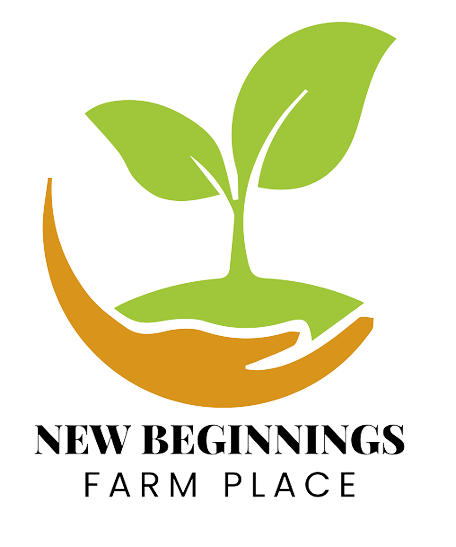By the late 20th century, the high resource usage and pollution spawned by industrialized agriculture sparked a counter-movement. Awareness grew about its impacts on biodiversity, soil health, waterways, and rural communities. This paved the way for alternative agriculture movements that rejected chemical-intensive methods.
Key milestones included organic farming, permaculture, urban agriculture, community-supported agriculture (CSA), and direct-to-consumer sales. These empower individuals and communities to take charge of food production while operating in tune with ecological systems.
Sustainable techniques include:
- Organic standards avoiding synthetic chemicals
- Crop rotation and intercropping to enrich soil
- Natural fertilisation via compost, manure or cover crops
- Biological pest control and integrated pest management
- Efficient water management and irrigation
- Pasture-raised livestock grazing instead of feedlots
The organic food market has grown steadily, now valued at over $62 billion globally. Consumer demand fuels innovation in sustainable techniques.
Urban Farming and Homesteading
Sustainable agriculture is no longer confined just to rural smallholdings. Urban farming has taken root in cities around the world. Rooftop gardens, vertical farms, community gardens, urban homesteads and school farms flourish even on limited plots.
Benefits include:
- Localized food production minimising transport miles
- Productive use of vacant city lots
- Community building and education
- Supporting pollinators and biodiversity
- Carbon sequestration in urban green spaces
- For many urbanites, home food production connects with nature amid concrete jungles. Caring for plants and trees also has therapeutic effects to counter city stressors and sedentary lifestyles.
Container gardening enables cultivation in backyard patios or on balconies with limited space. Raised beds allow control over soil quality and drainage. Hydroponic and aquaponic systems offer soilless gardening alternatives. Farms maximizing vertical space are sprouting inside retrofitted buildings, too.
Urban homesteading couples gardening with holistic, sustainable living practices – renewable energy, water conservation, zero waste, foraging, animal husbandry, and food preservation. This community-centric model reduces dependence on industrial systems.
Critical Benefits of Small-Scale Sustainable Farming
Home and community farming offers manifold benefits:
- Food security – Localized production buffers against disruptions to large-scale industrial agriculture. Home and community farms can provide sustenance even amid crises.
- Food sovereignty – Decentralizing food production allows people to shape agricultural policies and community practices.
- Nutrition – Freshly harvested organic produce often has higher micronutrient levels than store- bought produce.
- Environmental stewardship – Small farms allow targeted regeneration of soils, conservation of water and support for pollinators.
- Community resilience – Neighbors bonding over community farms and gardens builds social capital. Knowledge sharing also propagates sustainable living.
- Mental wellness – Being close to nature is clinically proven to lower stress, anxiety and
depression - Sustainability – Avoiding pesticides, synthetic fertilizers, and excessive transport lowers
ecological impact. Soil-centric techniques actively sequester carbon. - Economic stimulus – Local food systems recirculate money within communities. Ecotourism surrounding small farms also boosts rural economies.
Fostering a Sustainable Lifestyle
Industrial agriculture strains planetary boundaries today. But we can pave the way to a greener future through small-scale farming. Some steps to make your lifestyle more sustainable through agriculture include:
- Start small – Dedicate a portion of your backyard, patio or balcony to growing food. Focus on basics like leafy greens, herbs and tomatoes.
- Join a community garden – Contribute labor and learn skills alongside fellow urban farmers. Share surplus harvests.
- Convert lawn space – Replace water-intensive grass with diverse edible and pollinator-friendly plants.
- Compost food scraps – Nourish your soil while reducing organic waste sent to landfills.
- Seek mentorship – Learn techniques tailored to your local soil, climate and seasons from
experienced gardeners. - Volunteer on farms – Provide farm labor in exchange for harvesting food and gaining hands-on knowledge.
- Preserve the harvest – Extend shelf life and minimize waste through freezing, drying, canning, and fermenting.
- Keep livestock – Consider hens for eggs or bees for pollination and honey. Manage their space and diet sustainably.
- Share the bounty – Distribute excess produce among family, friends and local food banks.
- Shop at farmers’ markets – Support local agriculture and build relationships with farmers.
- Join a CSA – Get regular delivery of fresh seasonal produce by being a community-sponsored farm member.
- Advocate for policies – Vote and campaign for policies promoting sustainable agriculture, organics, and urban farming rights.

